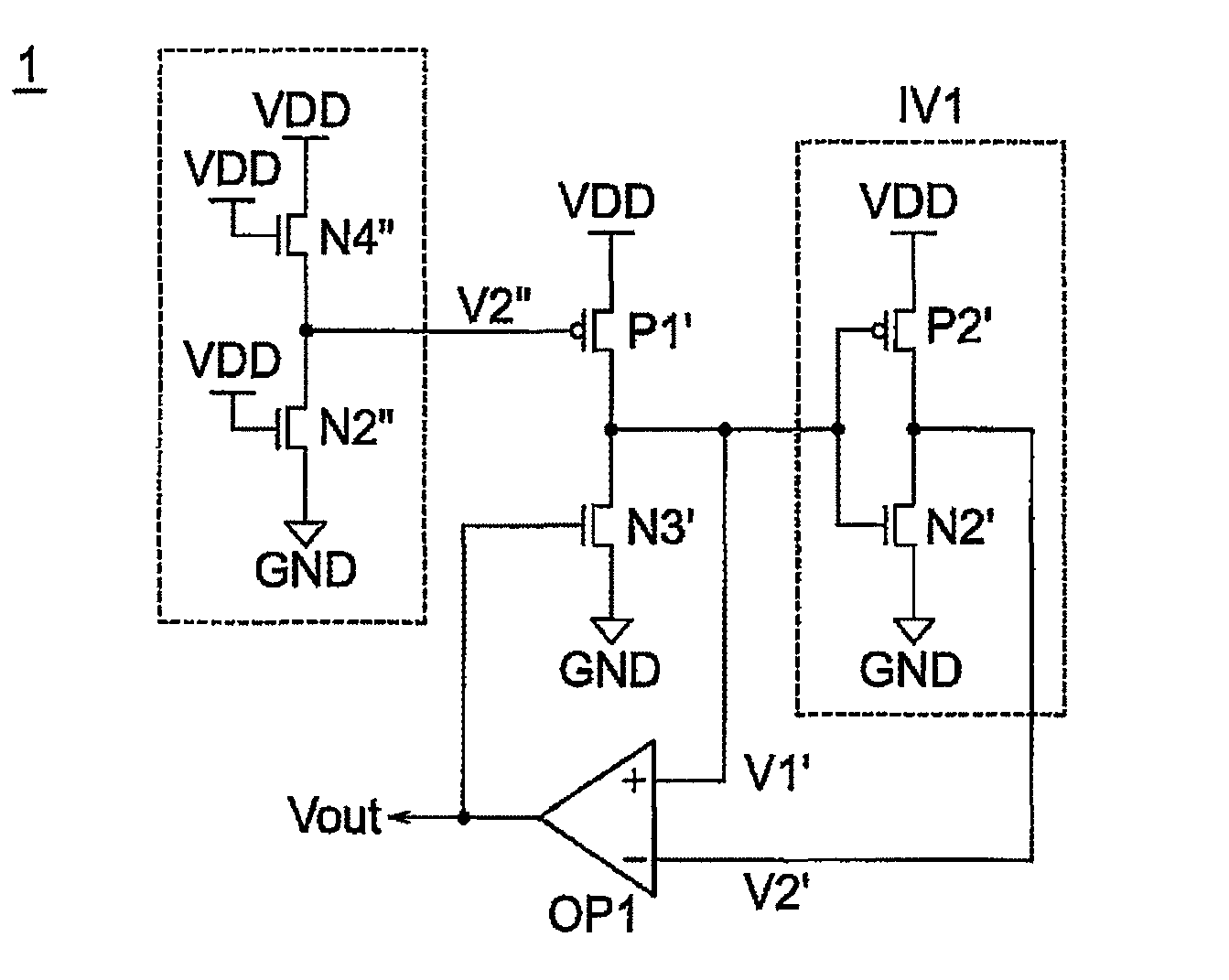Semiconductor memory device and method of controlling power source
a memory device and memory technology, applied in static storage, digital storage, instruments, etc., can solve the problems of inability to carry out writing operations stably, the writing time of a storage node in the sram cell from a low potential to a high potential gets longer, and the writing operation of the sram cell is stable and high-speed. , to achieve the effect of stable and high-speed operation
- Summary
- Abstract
- Description
- Claims
- Application Information
AI Technical Summary
Benefits of technology
Problems solved by technology
Method used
Image
Examples
embodiment 1
[0053]A writing margin monitoring circuit that monitors a margin at a writing operation will be described as Embodiment 1 of the present invention with reference to FIGS. 1 to 7. Known memory cell circuits respectively constructed from 6 transistors, 7 transistors and 8 transistors, to which a margin monitoring circuit and a method of controlling a power source of the present invention can be applied, are shown in FIGS. 1, 2 and 3. An operation waveform diagram for explaining a writing operation in the SRAM cell of FIG. 1 is shown in FIG. 4, and an explanatory drawing for explaining an essential condition to carry out a stable writing operation is shown in FIG. 5. A circuit diagram of a writing margin monitoring circuit diagram is shown in FIG. 6, and a circuit diagram of an operational amplifier configuring the writing margin monitoring circuit is shown in FIG. 7.
[0054]FIGS. 1, 2 and 3 are examples of a SRAM cell to which the present invention can be applied, and are diagrams respe...
embodiment 2
[0069]The case where the writing margin monitoring circuit of Embodiment 1 is used for control of a power source VDD_SRAM of a SRAM cell will be described as Embodiment 2 of the present invention with reference to FIGS. 8 to 12. FIG. 8 is a diagram showing a overall block in the case where the writing margin monitoring circuit 1 is used for control of the power source VDD_SRAM of the SRAM cell. A writing margin monitoring circuit 11 is shown in FIG. 9, a VDD2 voltage generator 12 that generates power source voltage VDD2 is shown in FIG. 10, and a connection diagram between a SRAM cell array 14 and a VDD selector 13 is shown in FIG. 11. Another writing margin monitoring circuit is shown as another embodiment in FIG. 12.
[0070]FIG. 8 is a diagram showing a block configuration in the case where the writing margin monitoring circuit is used for control of the power source VDD_SRAM of the SRAM cell. The present embodiment is an embodiment in which power source voltage VDD and second power...
embodiment 3
[0077]Embodiment 3 of the present invention will be described with reference to FIGS. 13 to 15. The present embodiment is an embodiment in which the writing margin monitoring circuit 11 and the VDD2 voltage generator 12 are integrated. FIG. 13 is a diagram showing a block configuration in the case where a writing margin monitor / voltage generator 31 is used for control of a high power source VDD_SRAM of a SRAM cell. A circuit diagram of a writing margin monitor / power source generator is shown in FIG. 14, and a circuit diagram of another writing margin monitor / power source generator is shown as another form in FIG. 15.
[0078]The writing margin monitor / voltage generator 31 shown in FIG. 14 integrates the writing margin monitoring circuit 11 of FIG. 9 and the voltage generator 12 of FIG. 10. In a writing margin monitoring circuit portion, a reference potential Vref is directly inputted as a gate input of a transistor N3′ that configures a simulation circuit. In a voltage generator portio...
PUM
 Login to View More
Login to View More Abstract
Description
Claims
Application Information
 Login to View More
Login to View More - R&D
- Intellectual Property
- Life Sciences
- Materials
- Tech Scout
- Unparalleled Data Quality
- Higher Quality Content
- 60% Fewer Hallucinations
Browse by: Latest US Patents, China's latest patents, Technical Efficacy Thesaurus, Application Domain, Technology Topic, Popular Technical Reports.
© 2025 PatSnap. All rights reserved.Legal|Privacy policy|Modern Slavery Act Transparency Statement|Sitemap|About US| Contact US: help@patsnap.com



